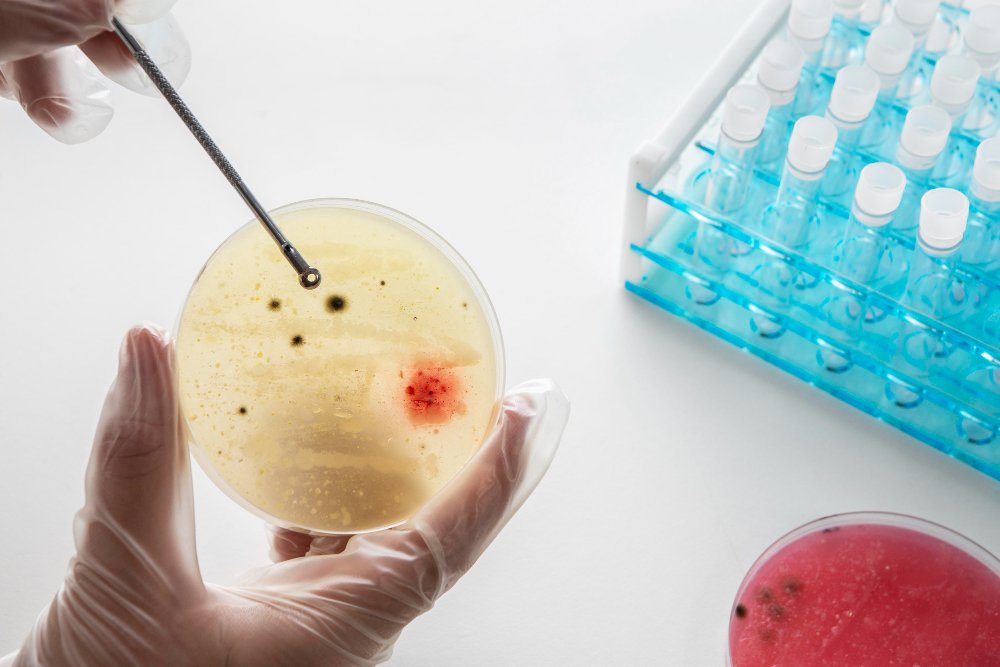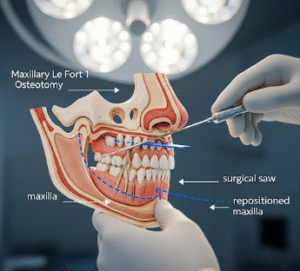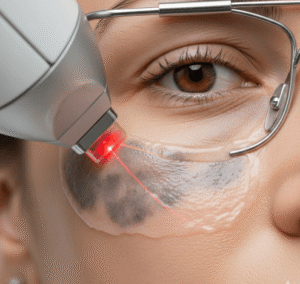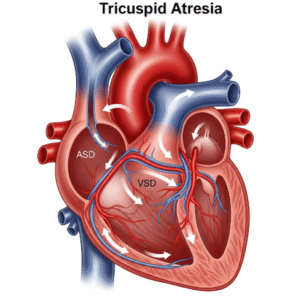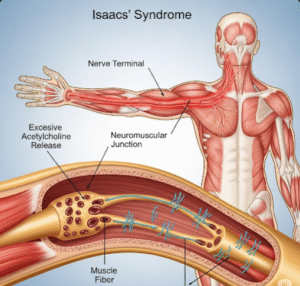Overview
Atypical hyperplasia is a condition where breast or endometrial cells grow abnormally and in greater numbers than usual, increasing the risk of developing cancer. It is considered a precancerous condition and requires careful monitoring or treatment. South Korea offers state-of-the-art diagnostics and personalized care plans, making it a top choice for patients seeking expert management of atypical hyperplasia.
What is Atypical Hyperplasia?
Atypical hyperplasia refers to the abnormal proliferation of cells in either the breast ducts (atypical ductal hyperplasia – ADH) or breast lobules (atypical lobular hyperplasia – ALH), and also in the endometrium (uterine lining). Although not cancer, these atypical cells have a higher likelihood of turning into cancer over time.
Symptoms
Often, atypical hyperplasia has no symptoms and is detected incidentally during screening or biopsy. When symptoms do occur, they may include:
- Breast: Lump, pain, or abnormal mammogram
- Uterus: Irregular or heavy vaginal bleeding, especially after menopause
Causes
The exact cause of atypical hyperplasia is not fully understood, but contributing factors may include:
- Hormonal imbalances (especially estrogen)
- Genetic mutations
- Chronic inflammation
- Prolonged exposure to unopposed estrogen
- Use of hormone replacement therapy (HRT)
Risk Factors
- Family history of breast or endometrial cancer
- Personal history of hormone-related conditions
- Obesity
- Early menarche or late menopause
- Use of estrogen without progesterone
- Genetic syndromes like Lynch syndrome (for endometrial atypia)
Complications
- Increased cancer risk:
- ADH or ALH increases breast cancer risk by 4–5 times
- Endometrial atypical hyperplasia may progress to endometrial cancer
- Emotional distress due to a precancer diagnosis
- Over-treatment or unnecessary surgery if not well-assessed
Prevention
- Regular cancer screening (mammography, pelvic exams)
- Maintain a healthy weight
- Avoid or limit hormone therapy
- Quit smoking
- Consider chemoprevention (e.g., tamoxifen for breast atypia) if high risk
- Genetic counseling if family history is significant
Treatment Options in Korea
South Korea has a reputation for excellence in oncology and women’s health, with top-tier hospitals such as Samsung Medical Center, Severance Hospital, and Asan Medical Center offering world-class care.
1. Diagnosis
- Breast biopsy: Usually done after abnormal mammogram
- Endometrial biopsy or dilation and curettage (D&C): For uterine bleeding
- Hysteroscopy: Direct visual inspection of the uterine cavity
- MRI/Ultrasound: For further evaluation of lesions
- Pathology review: Performed by expert diagnostic labs in Korea
2. Breast Atypical Hyperplasia Treatment
- Close surveillance: Regular imaging and exams if surgical removal not chosen
- Surgical excision: To ensure complete removal and assess for hidden cancer
- Risk-reduction medications: Tamoxifen or raloxifene to reduce cancer risk
- Lifestyle counseling: Diet, exercise, alcohol moderation
3. Endometrial Atypical Hyperplasia Treatment
- Hormonal therapy:
- Progestin therapy (oral, injectable, or IUD like Mirena)
- Very effective in reversing early changes
- Surgical treatment:
- Hysterectomy (removal of uterus) if high cancer risk or no fertility concern
- Laparoscopic or robotic-assisted hysterectomy available in Korean hospitals
- Fertility-sparing options: Available for younger women through expert reproductive endocrinologists
4. Genetic and Risk Counseling
- Korean centers offer personalized genetic counseling, BRCA testing, and risk stratification to guide management plans.
5. Follow-up
- Routine monitoring with imaging and exams every 6–12 months
- Psychological support services available at major Korean hospitals

